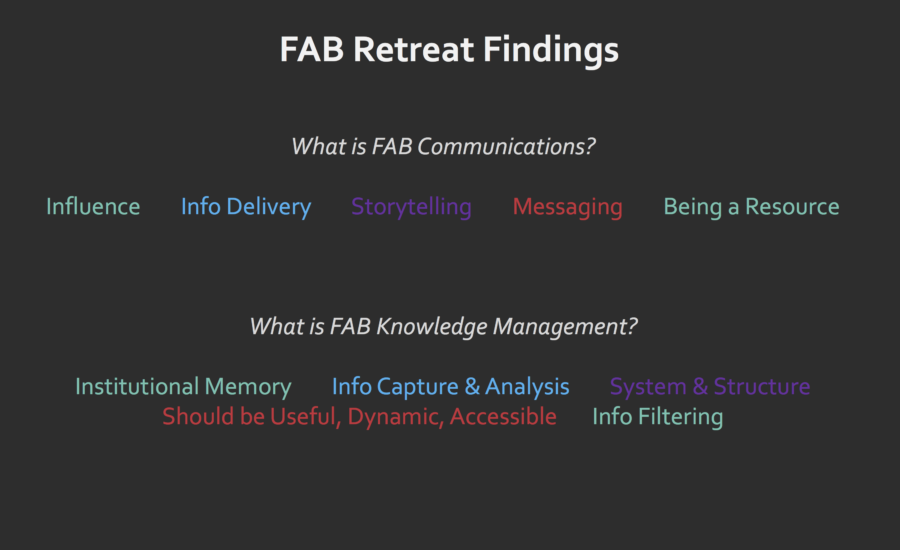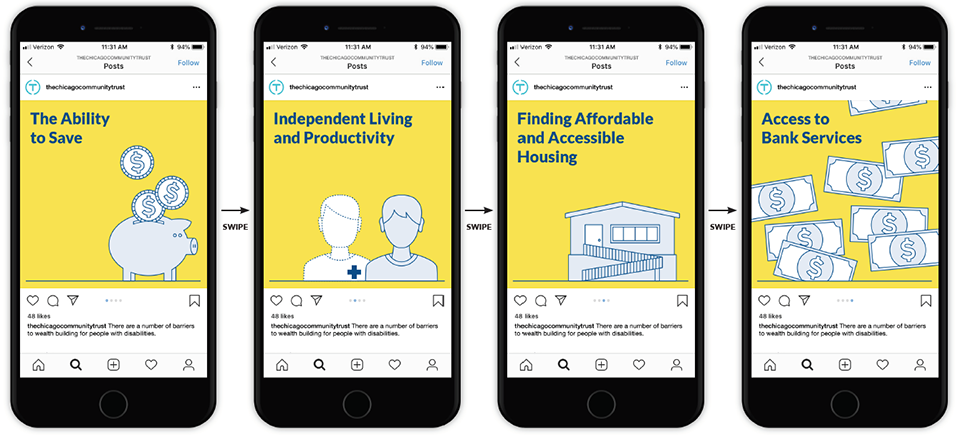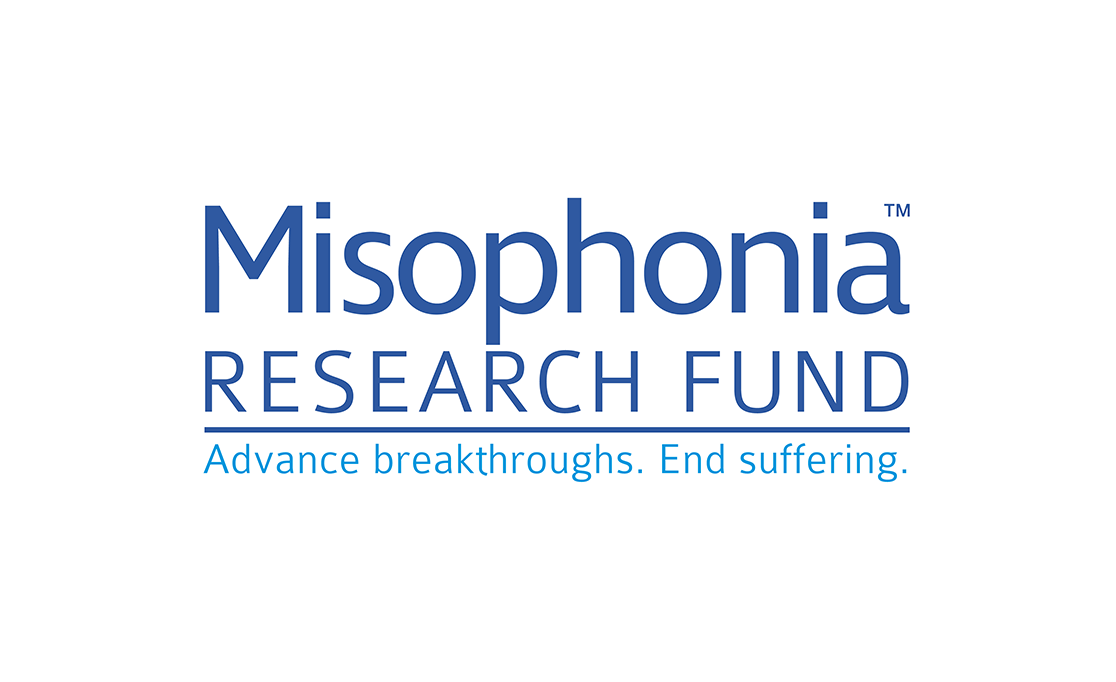The Client and Their Challenge
USAID’s Forestry and Biodiversity office (FAB) came to us with a new strategic plan approved by Congress. In order to implement it, they needed a clear understanding of their knowledge management and communications capacity, challenges and opportunities, and a plan that aligned with the government’s global strategic plan for biodiversity. Some of their initial needs centered around:
• Improving communications and information flows within the FAB office and its globally located missions and partners
• Engaging with project implementers to boost biodiversity programs
• Strengthening commitments to biodiversity conservation from policy-makers to improve health and welfare worldwide
• Positioning FAB as a global hub of biodiversity expertise, experience and resources
Having a clear, well-informed plan that supported efficient and participatory information exchange was critical.
Research and Learning Approach
After an initial conversation, we realized that our research would require a mix of qualitative and quantitative methods. Staff was located literally around the world, and we needed to map information flows, understand priorities and roadblocks, and also understand communications must-haves and “if-onlys.” Since staff was already submerged with emails and requests, we needed to make the research design efficient. It needed to be participatory rather than just gathering information to produce a final report. We took a three-pronged approach:
- Document and Information System Review and Analysis
- One-on-one Interviews with Key Stakeholders
- Focus Groups
Findings and Recommendations
We conducted a literature review, mapped information flows, analyzed FAB’s social media presence and then presented a report on our preliminary findings in a highly interactive session. In addition to sharing our findings, we asked essential questions like What is communications? and What does knowledge management mean? We created this opportunity for stakeholders to share what they were excited about but also to share their frustrations with current knowledge management and communications within FAB. The exchange allowed us to validate our preliminary findings plus identify and fill in gaps as needed. Afterwards, we realized there was a bit more research to do and followed up with additional interviews and a focus group with partners to ensure we understood FAB’s goals as well as any practical and cultural barriers that might block implementation of the new communications strategy and plan. These cumulative findings led us to create a set of recommendations relating to infrastructure, process improvements and engagement.







